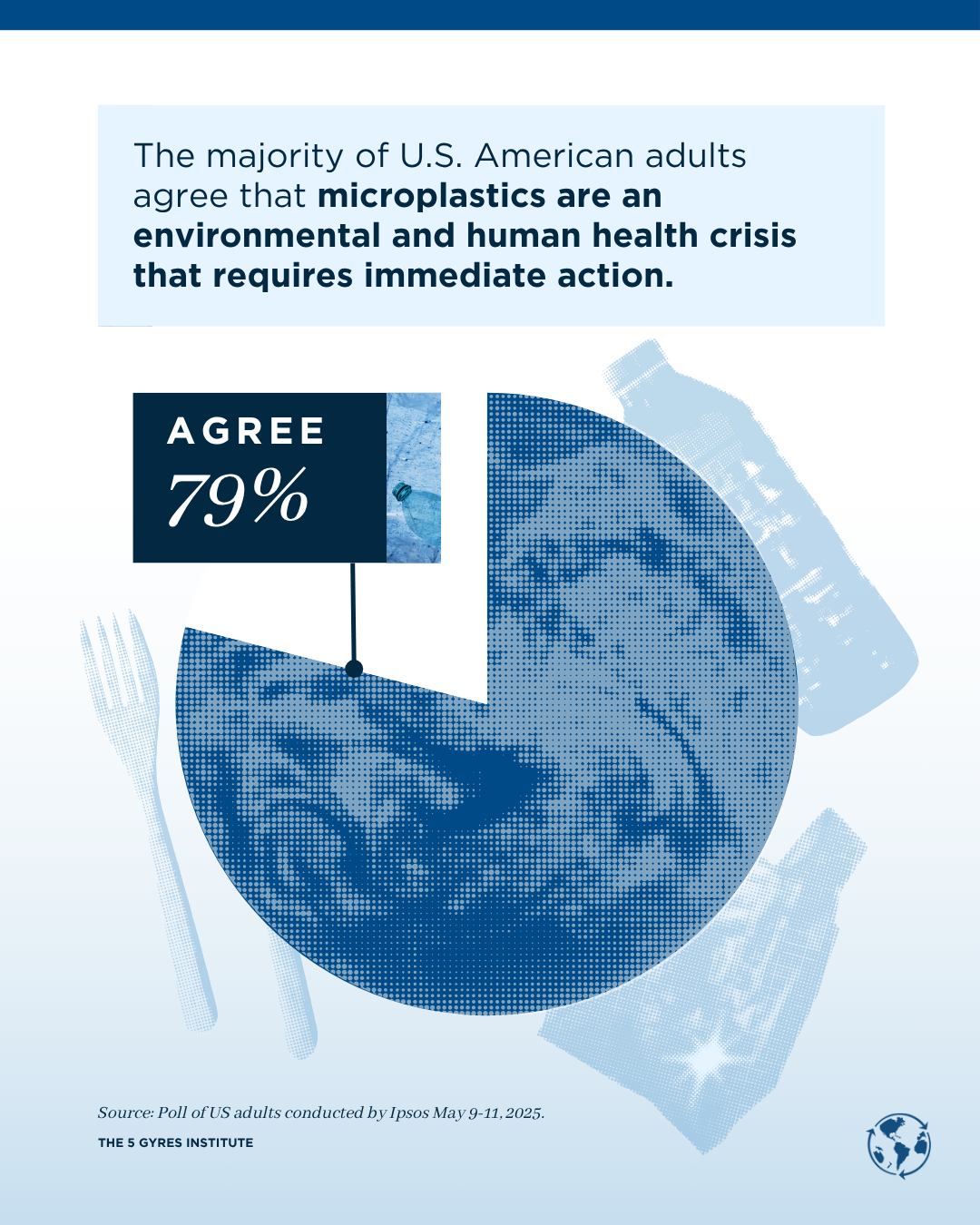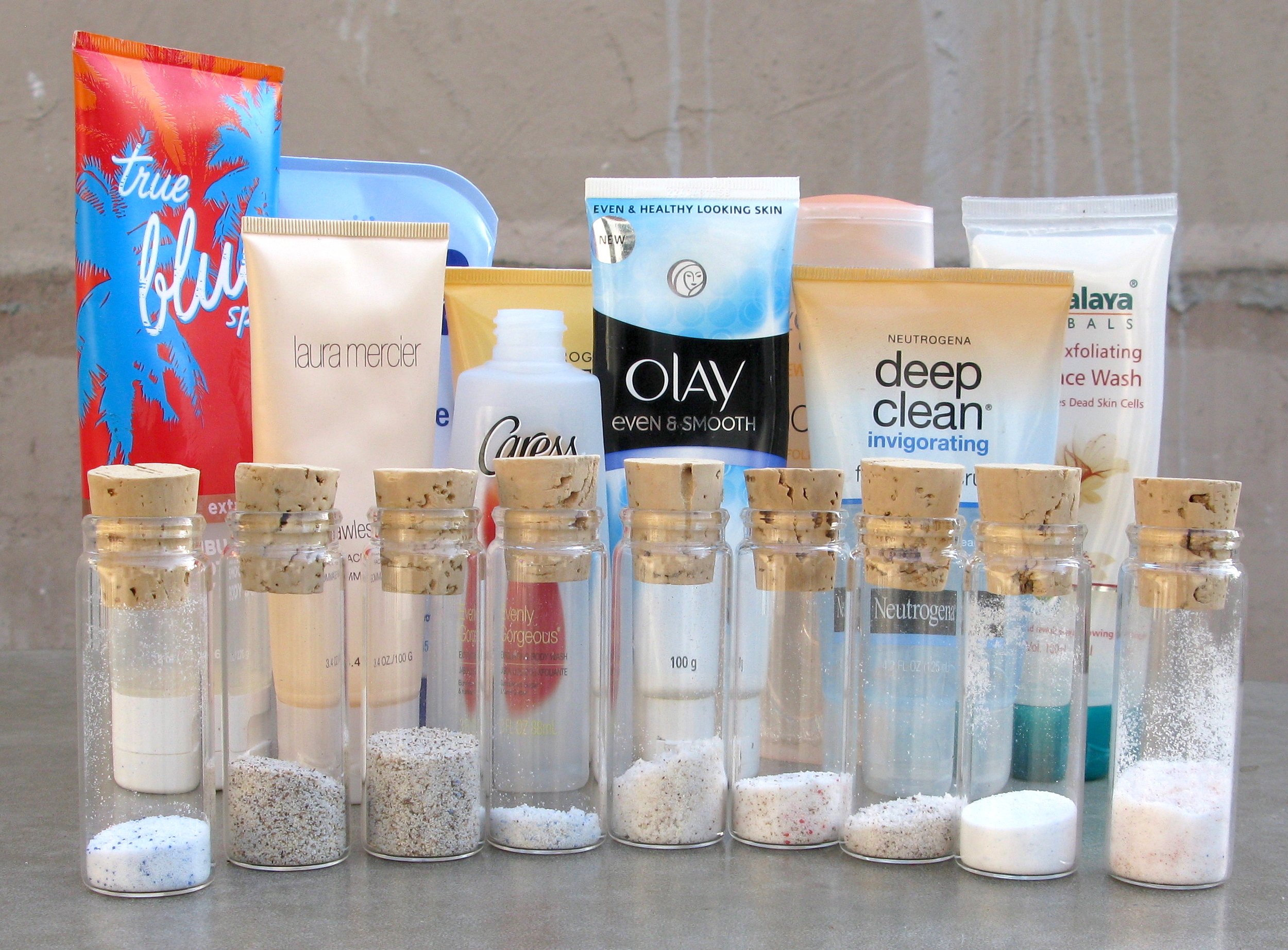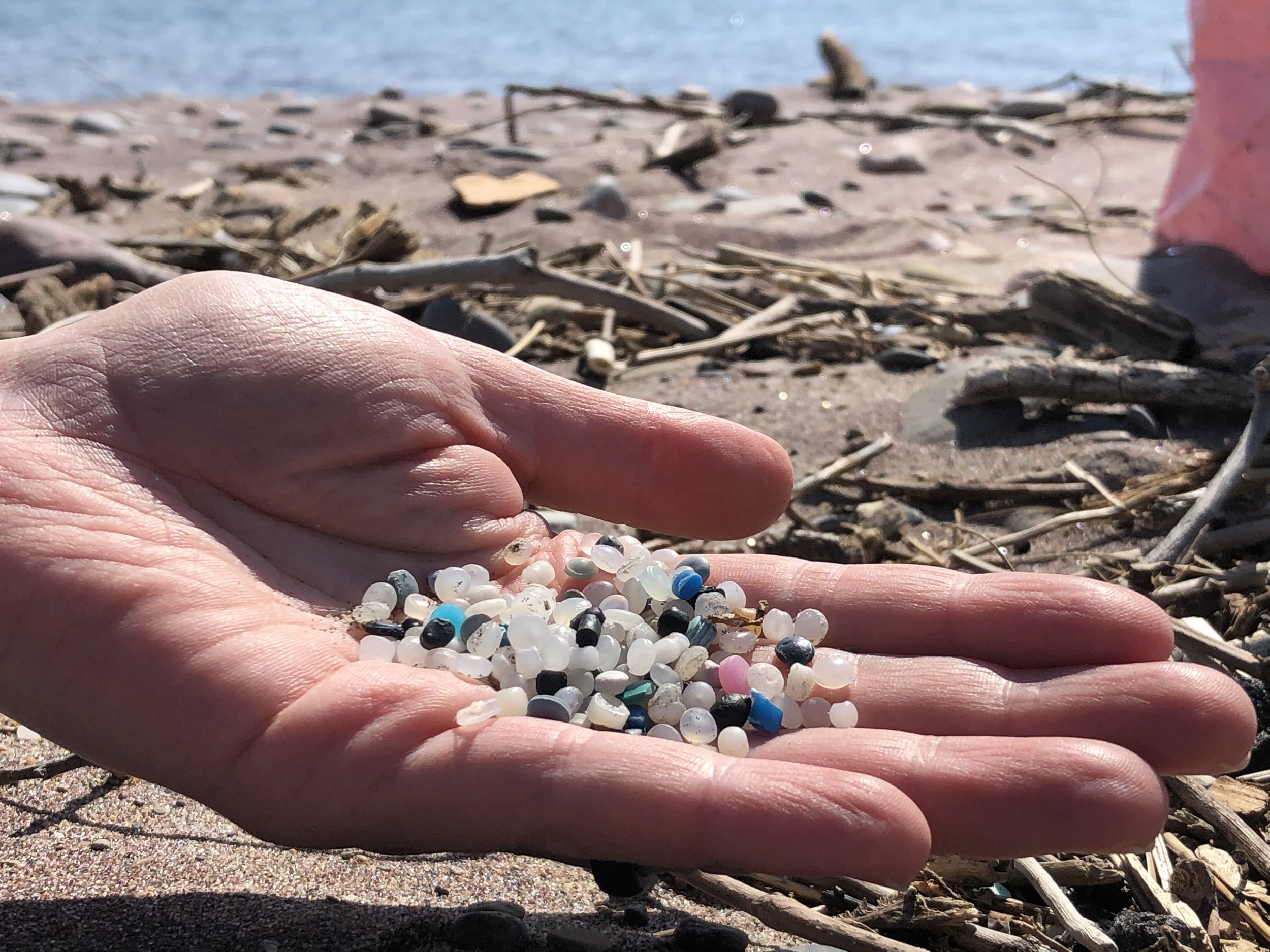MICROPLASTIC-FREE US

Everyone deserves to breathe clean air, drink safe water, and live on a thriving, healthy planet. But microplastic pollution threatens these basic rights. Microplastics are found in our air, water, food, and soil, posing a risk to ecosystems and human health across the United States. It’s time to take action. We need targeted solutions and policy interventions that safeguard public health and pave the way for a #MicroplasticFreeUS.
TAKE ACTION:
We’re rallying signatures, amplifying voices, and urging our elected officials to protect our air, water, fisheries, wildlife, and communities from this invisible threat. Join us in demanding a #MicroplasticFreeUS.
U.S. Americans Demand Action on Microplastics
In a national poll, nearly 80% of respondents agree that microplastics pose a threat to both environmental and human health, and immediate action is needed.
Key Findings:
Awareness of the Issue is High: Just under a quarter of respondents reported that they have never heard of microplastics.
Yet Knowledge about the Issue is Limited: A significant portion responded with "do not know" when asked if certain statements about microplastic sources were true or false.
And U.S. Americans Support Action Across the Aisle: The results show strong bipartisan support for policies aimed at preventing or reducing microplastic pollution.
Especially When it Comes to Human Health: Concern was particularly high regarding the presence and impact of microplastics in the human body.
About Microplastics
Microplastics 101
Microplastics are plastic particles less than 5 millimeters in size. They can be thinner than a human hair and invisible to the naked eye. Due to their small size, microplastics are nearly impossible to clean up once they enter the environment. These tiny plastic particles are now found in the air we breathe, the water we drink, and the food we eat. Microplastics come in a wide variety of shapes, sizes, and plastic types, and are classified into two main categories: primary microplastics (intentionally produced small plastic particles) and secondary microplastics (the result of the breakdown of larger plastic items).
Microbeads
Microbeads are a type of intentionally added microplastic. They are spherical in shape, typically less than one millimeter in diameter, and commonly made of polyethylene or polypropylene. Microbeads are used as exfoliants and scrubbing agents in a variety of personal care products, such as soap, facial scrubs, body washes, and toothpaste, as well as in cleaning supplies. Microbeads are also found in hand sanitizers and leave-on cosmetics, including mascara, foundation, face powders, and lipstick. They are also added to paint products and used in industrial blasting to clean surfaces, textile printing, and automotive moulding.
Plastic Pellets
Plastic pre-production pellets, commonly referred to as “nurdles”, are cylindrical or spherical plastics (1-5 mm in diameter) that serve as the building blocks for most plastic products (e.g., bottles, cups, bags, car parts). Produced from oil or natural gas, pellets are transported via truck, train, or ship to facilities to be manufactured into final products. Despite being a large source of microplastics to the environment, there is no regulation in place that prevents pellet leakage or holds polluters accountable.
Microfibers
Microfibers are small particles that shed from textiles and other materials during manufacturing, washing, use, and disposal. These fibers are typically less than 5 mm in length and can come from both plastic materials (like polyester, acrylic, and nylon) and natural or semi-synthetic materials (like cotton, wool, and rayon), but synthetic fibers represent over 65% of worldwide textile production. Due to their light weight and elongated shape, they can be transported by air and water and have been found in oceans, freshwater, soil, and remote locations like the Arctic and Mount Everest.






